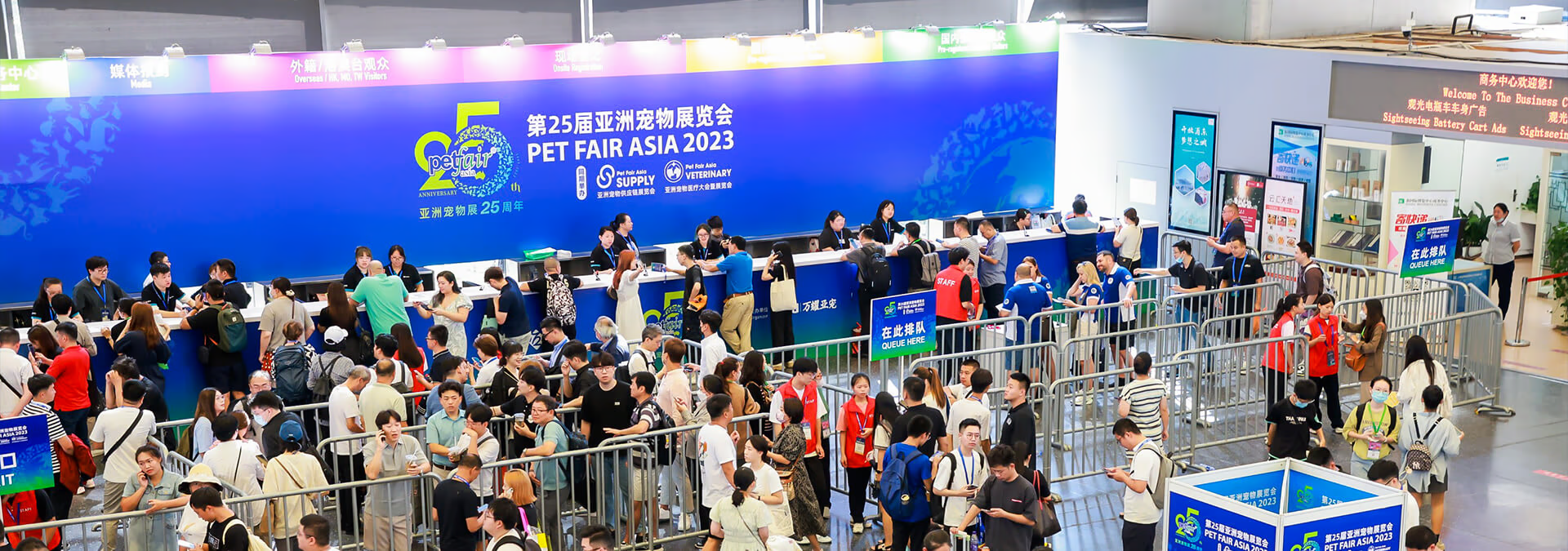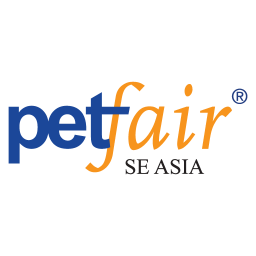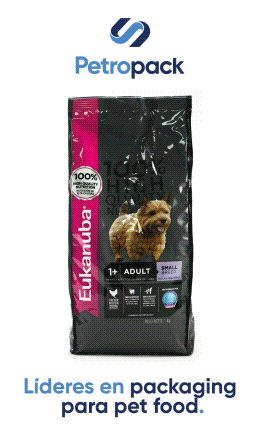New research from NielsenIQ accessed by GlobalPETS unveils that German pet parents are concerned by increased inflation, prices and cost of living.
More than half (64%) of 1,500 surveyed pet owners admit that they are very concerned about the situation, with half of them taking steps to get a better handling of their budget dedicated to pet supplies. Pet parents aged 18 to 24-year-olds, single households and households with children are the most affected by the situation, according to Nielsen IQ survey from July 2023.
Measures in time of crisis
Over a quarter (29%) of pet parents in Germany felt compelled to occasionally purchase cheaper pet food in the last 3 months, and a fifth (21%) switched to a cheaper pet retailer.
Nearly 2 out of 10 pet parents compared the prices of different pet food brands to find cheaper alternatives but haven't bought them at the end. Those that will compare prices in the next 3 months increase to 25%, mostly young pet owners. Yet, only 6% had switched to cheaper pet foods, indicating a strong preference to maintain the quality of food they feed their pets.
Offline dominates
Two-thirds of shoppers frequented specialist pet retailers in the last 3 months, with nearly half choosing grocery stores and drugstores. Approximately a quarter of shoppers opted for online platforms, mainly Amazon, and 9% bought its pet supplies in do-it-yourself (DIY) stores and garden centers.
Among those who prefer offline shopping, specialist stores are the preferred retail channel for most German pet owners (63%). General food retailers (58%) follow. If we look to online purchases in the last 3 months, specialist retailers represented 73% of all sales in that channel. According to Nielsen IQ, pet specialist retailers have become Germany's leading omnichannel channel.
Purchasing preferences
Large product availability, variety and being well-stocked are the 3 aspects that impact a pet owner's perception when choosing a retailer.
When it comes to product claims, pet parents value that pet food is sugar free (42% for dogs owners vs. 40% for cats owners), followed by 'grain-free' (36% vs. 31%) and 'organic' (25% vs. 19%). A quarter of German dog owners and 18% of cat owners look for 'sensitive' food, according to the data.
Harald Müller, Senior Consultant and Project Manager at NIQ, believes that those who primarily shopped online in the last 3 months paid even more attention to these product characteristics when making a purchase. 'Specific search criteria or product filters could play a role here,' he says.
Purchasing power
On average, German dog owners spend €74 ($79.2) per month on food, while cat owners spend €61 ($65.3). Over a fifth of dog owners spend upwards of €100 ($107.1), but only 10% of cat owners do the same. Most cat owners spend between €25 and €50 ($26.7–$53.5) every month.
In the past year, purchasing trends for wet food, dry food and snacks have been relatively the same, with 80% of those surveyed buying the same amount for their pets. According to NielsenIQ, the BARF (biologically appropriate raw food) section has seen the most growth (25%) across German retailers, even though only 15% of dog owners buy raw food.
by David Palacios Rubio & Muskaan Gupta from GlobalPETS.
You could be interested: Impulse Purchases Still Strong
Market Information
07/08/2025
The American Pet Products Association (APPA) Releases 2025 Dog & Cat Report, Revealing a New Era of Pet Ownership
29/07/2025

















































